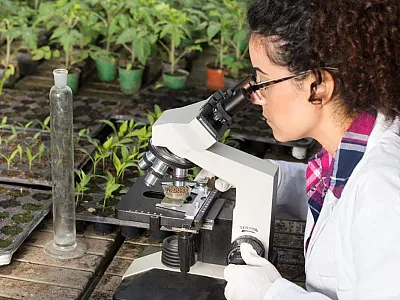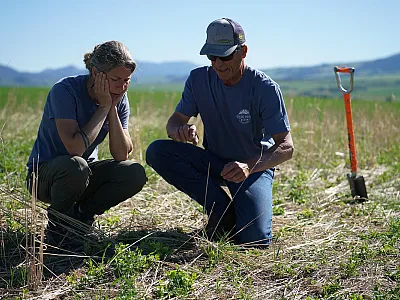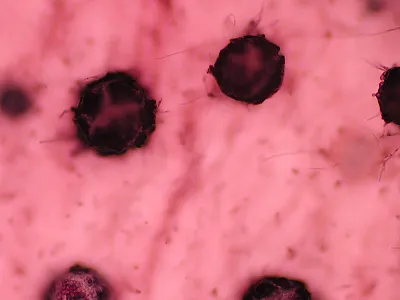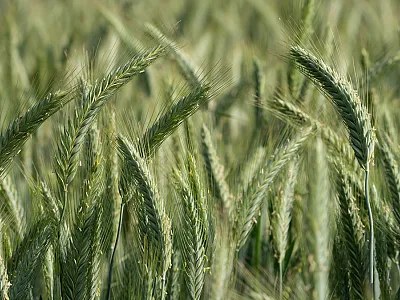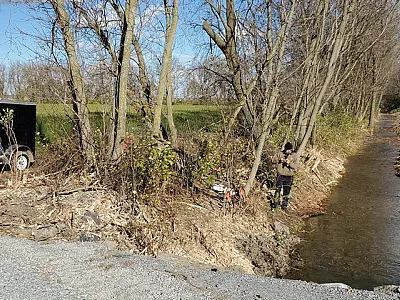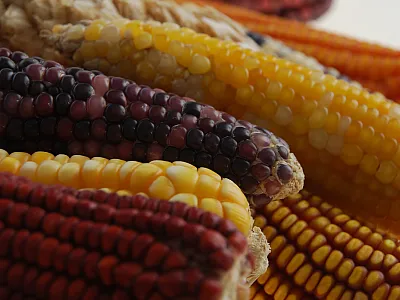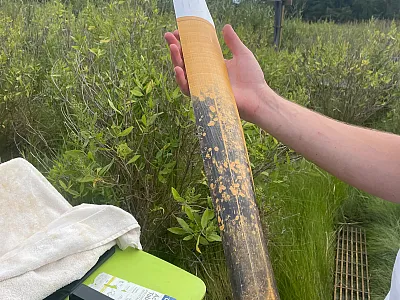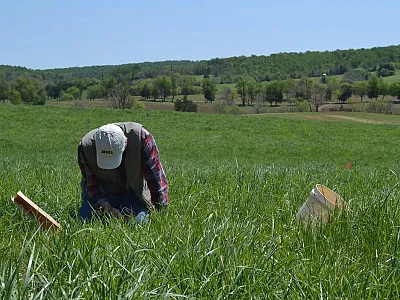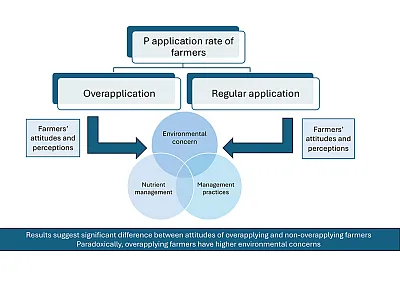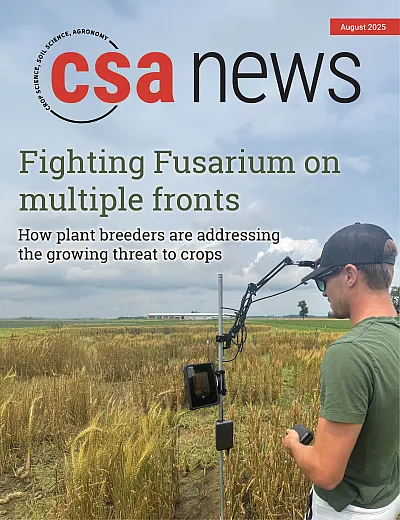
News & Perspectives
Students
People
Careers & Education
August 2025 issue
Volume 70, Issue 8
Inside this issuePlant breeders who study the fungal disease of wheat, Fusarium head blight (FHB), often screen wheat for resistance to FHB inside Fusarium “nurseries”: warm, humid greenhouses that foster growth of the FHB pathogen, Fusarium graminearum, and the spread of FHB. But the perfect conditions for FHB aren’t limited to breeding experiments these days; wet and warm weather is increasingly common in the outside world, too. As a result, FHB has grown over the past 20 years into one of the world’s most devastating diseases of wheat and other small grains, such as barley, oats, and triticale.
One reason FHB is so damaging is that it presents farmers with not one, but two, challenges. First, serious outbreaks of FHB can cause yields to plummet. But the bigger problem is the loss of grain quality—and, thus, market value—due to a mycotoxin produced by F. graminearum: deoxynivalenol (DON), also known as vomitoxin. Meanwhile, only a handful of moderately resistant wheat cultivars are available today, forcing farmers to rely on fungicides or other practices, such as crop rotation, to combat FHB.
In this issue, read about how plant breeders are fighting back against FHB through a combination of advanced technology and genetic studies and by searching for novel sources of FHB resistance.
Cover photo shows Riley McConachie using a cell phone connected to an external display to image wheat plots for FHB evaluation.
Science
Recent Issues
We want to hear from you
Do you have an article you'd like to submit or feedback for the magazine team? Let us know!





